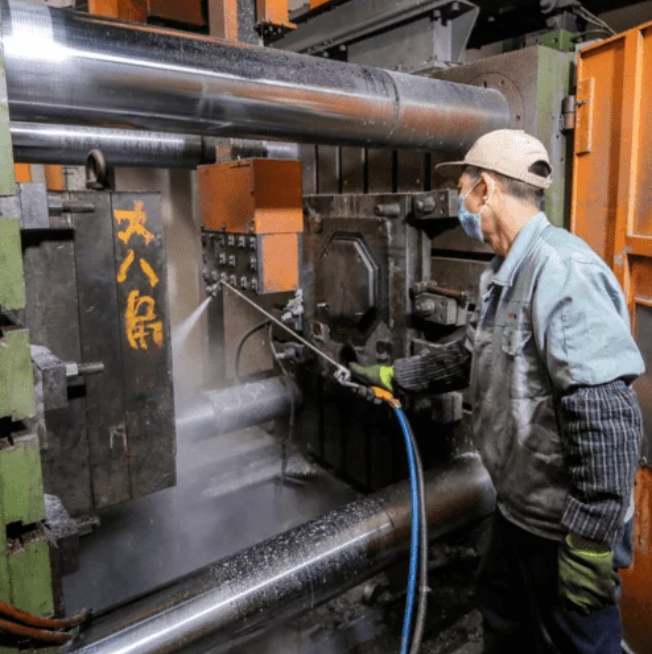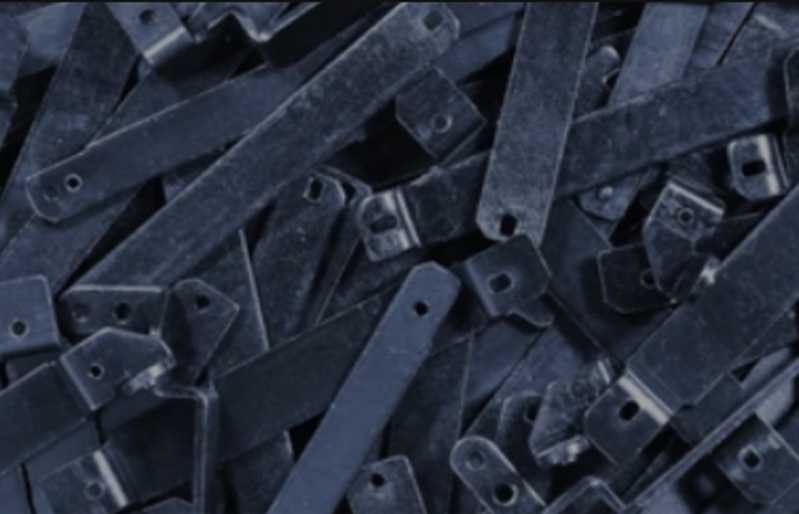Aerospace casting plays a critical role in the production of high-performance aerospace components. This manufacturing process involves pouring molten metal into a mold to create complex shapes that meet the rigorous demands of the aerospace industry. The use of aerospace casting allows for the production of lightweight, yet structurally strong components that are essential for aircraft performance and safety. In this article, we will explore the importance of aerospace casting, its benefits, and its impact on the aerospace industry.
One of the primary reasons aerospace casting is widely used is its ability to produce intricate and complex components. From turbine blades to landing gear, aerospace castings provide the necessary strength and precision required for these critical parts. The casting process allows for the creation of complex geometries that cannot be achieved through other manufacturing methods. This capability is especially crucial in the aerospace industry, where every component must meet strict performance and safety standards.
Another advantage of aerospace casting is the ability to create lightweight components. The aerospace industry is constantly striving to reduce weight without compromising strength. By using materials such as aluminum and titanium, which have excellent strength-to-weight ratios, casting enables the production of lightweight components that enhance fuel efficiency and increase payload capacity. This weight reduction not only improves the overall performance of the aircraft but also reduces operational costs.
Furthermore, aerospace casting offers exceptional material properties and structural integrity. The process ensures the uniformity and consistency of the material, thereby providing the necessary strength and durability for aerospace applications. With the ability to control the cooling rate during solidification, aerospace casting minimizes the formation of defects and improves the mechanical properties of the cast components. This level of quality control is crucial in the aerospace industry, where any material flaw or structural weakness can have catastrophic consequences.
In addition to its technical advantages, aerospace casting also offers cost-effectiveness in large-scale production. The ability to produce multiple components simultaneously in a single casting run reduces manufacturing time and labor costs. Moreover, the long service life of cast aerospace components minimizes the need for frequent replacements and repairs, resulting in significant cost savings over the lifespan of an aircraft.
The impact of aerospace casting on the aerospace industry cannot be overstated. It enables the production of advanced components that are integral to the performance and safety of modern aircraft. Whether it is the turbine blades that generate propulsion or the structural components that provide stability, aerospace casting ensures the reliability and integrity of these critical parts. Without aerospace casting, the development of high-performance aerospace systems would be severely limited.

Looking ahead, the future of aerospace casting is promising. The constant evolution of materials and manufacturing technologies allows for the production of even more advanced cast components. Additive manufacturing techniques, such as 3D printing, are being integrated into aerospace casting processes to create complex geometries with enhanced precision. These advancements not only improve the performance of aerospace components but also reduce production time and costs.
In conclusion, aerospace casting is a vital process for the production of high-performance aerospace components. Its ability to create complex geometries, lightweight structures, and reliable materials makes it indispensable in the aerospace industry. The advantages of aerospace casting extend beyond technical superiority, offering cost-effectiveness and efficiency in large-scale production. As the aerospace industry continues to push the boundaries of innovation, aerospace casting will play a crucial role in shaping the future of aviation.
-

- Magnesium alloy die-casting rigid fork for bike
-

- OEM high pressure die casting magnesium alloy frame for bicycle
-

- Customized die-casting parts&components
-

- Magnesium alloy die-casting parts&components for e-bike
-

- parts&comopnents for bicycle suspension fork for MTB
-

- Magnesium alloy thixomolding die-casting UAV parts

 0086-750-5616188
0086-750-5616188 +86 13392089688
+86 13392089688 sales@zhongmei-tech.com
sales@zhongmei-tech.com







